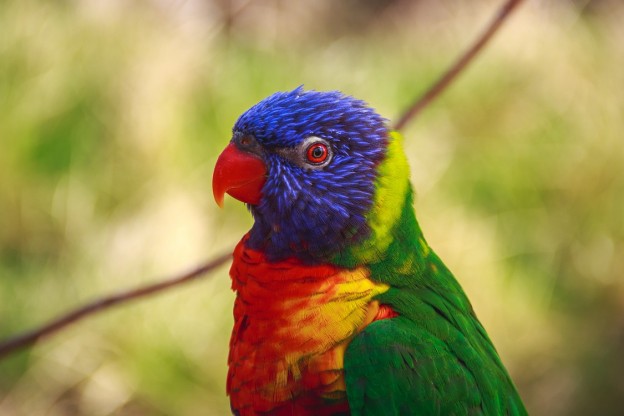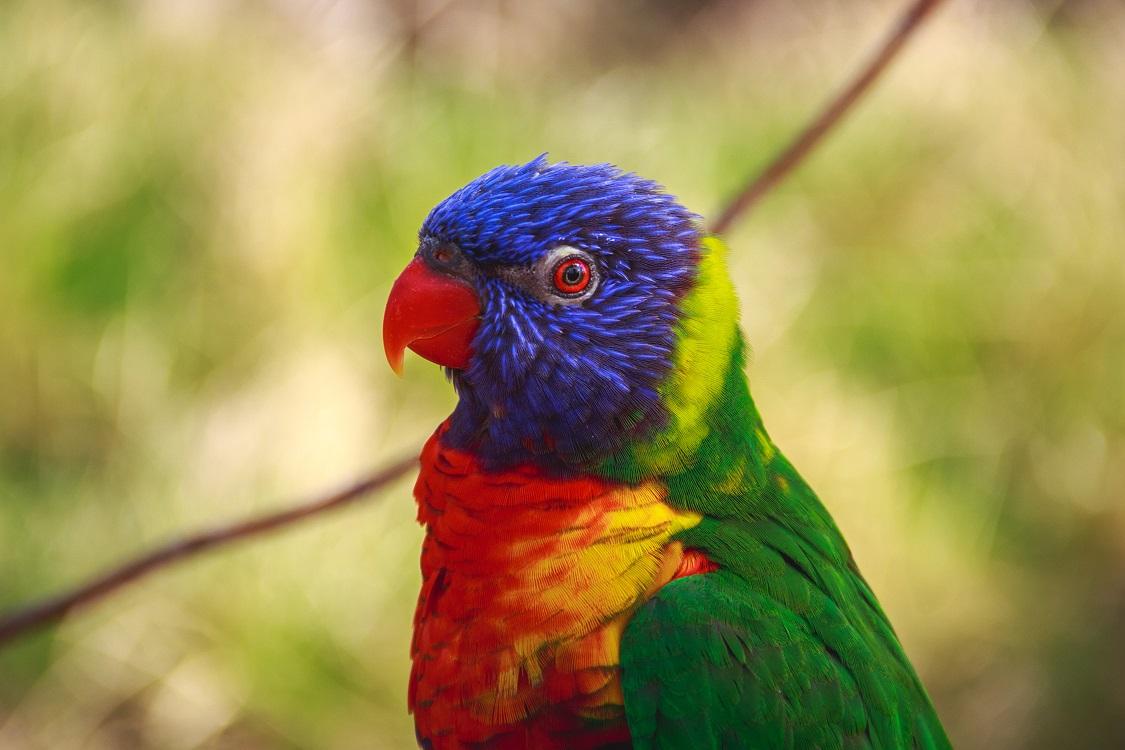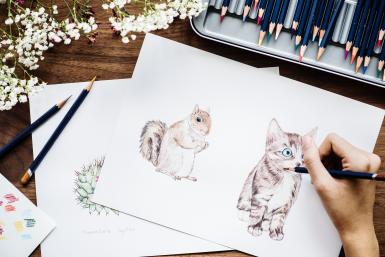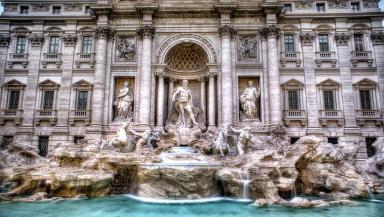
How to Tell the Difference between Bitmap and Vector (and the Benefits of Both)
Getting images printed onto canvas is a simple process, but there are a few things that you need to take into account in order to do it correctly.
As with any artistic process that incorporates technology to achieve its end result, there are a number of definitive factors that need to be considered in order for the outcome to be as desired – none simpler than the type of image you wish to print.
Admittedly, the term ‘type’ can be somewhat ambiguous so in the interests of clarity we will clear this up early on to avoid confusion later down the line: the type refers to the type of the file once it is uploaded onto a computer, rather than the style or content of the image itself. Any operating system will allow you to view this – it is a detail as vital as the name of the file and the date it was last modified, so will be easily visible when you are accessing it on your desktop or laptop.
In the modern digital world, there a wide array of image types you can expect to deal with, but this guide will touch only on two at either end of the spectrum, the bitmap and the vector. Each, as you may expect, has its own wide range of formats and sub-formats, all differentiating from each other in some form, but it’s important to remember that every sub-format of a bitmap will share the same basic principles, as will a vector.
Below, we have provided a brief outline as to how the two types vary, as well as the benefits and drawbacks that can come with each.
Bitmap Images
Critics of the bitmap often comment on its inertia as a file format, but that isn’t something we necessarily subscribe to here at Parrott Print. What they lack in flexibility they certainly make up for in strength and depth, comprising of thousands upon thousands of miniscule microdots – commonly referred to as pixels. Each individual is like a cell in a body, each with a fixed position within the DNA of the image itself and when displayed altogether form a perfect picture of the image in its full form.
In the main, bitmaps are seen as the standard for graphics on the internet. If you were to investigate your windows icons, for example, or the backgrounds you use as your wallpaper, it’s likely these will be bitmaps – something that will hopefully put into context their general ubiquity within the printing world. As well as this, the bitmap is also the most common format for any photos or images that may be captured by a digital camera or office hardware such as a scanner.
Due to its pixelated setup, the bitmap is best used for any kind of photo-realism as their detailed DNA really makes the picture so impressive. Each pixel can represent one of almost 20 million individual shades and colours – just think about that for a second – the majority of which will show up on computer monitors, phones and tablets off all shapes and sizes. The format is essentially a chameleon, absorbing and imitating every last detail of the image in order to display the most accurate representation.
Vector Images
When it comes to photo-realism, it would be fair to say that the vector image just cannot compete in terms of capability. Rather than pixels, the vector is comprised of large components, in effect meaning it is unable to achieve the level of fine detail that its bitmap counterpart is so well known for.
However, this isn’t the reason why people use vectors; instead, it is more a question of scalability and the ease that vectors can be reduced or enlarged. The image itself is comprised of objects that are more mathematically defined – hence its name – as opposed to a pixel pattern that is predetermined when the image is created, allowing the user to manipulate the sizing of the image with considerable ease. The quality of the image will not be affected, with the objects within the image instead being re-rendered on a different scale, avoiding the pixilation that can often disrupt the clarity of a bitmap image.
The vector is also an extremely versatile format. Essentially, it is able to morph into any shape – whether this is a more simple symmetrical shape or a more abstract, unorthodox style or construct. The problem of forcing a non-rectangular image onto a rectangular background is a thing of the past when using a vector.
Canvas printing with Parrot Print
For more information on how we can help turn your favourite images into a wonderful canvas print – regardless of image type – then don’t hesitate to contact our experienced team right here at Parrot Print. We’ll always return messages or emails as soon as we can if it’s out of office hours, and we are committed to working towards the best possible outcome for your printing ideas. From bitmap to vector, Parrot Print are the printers for you.









